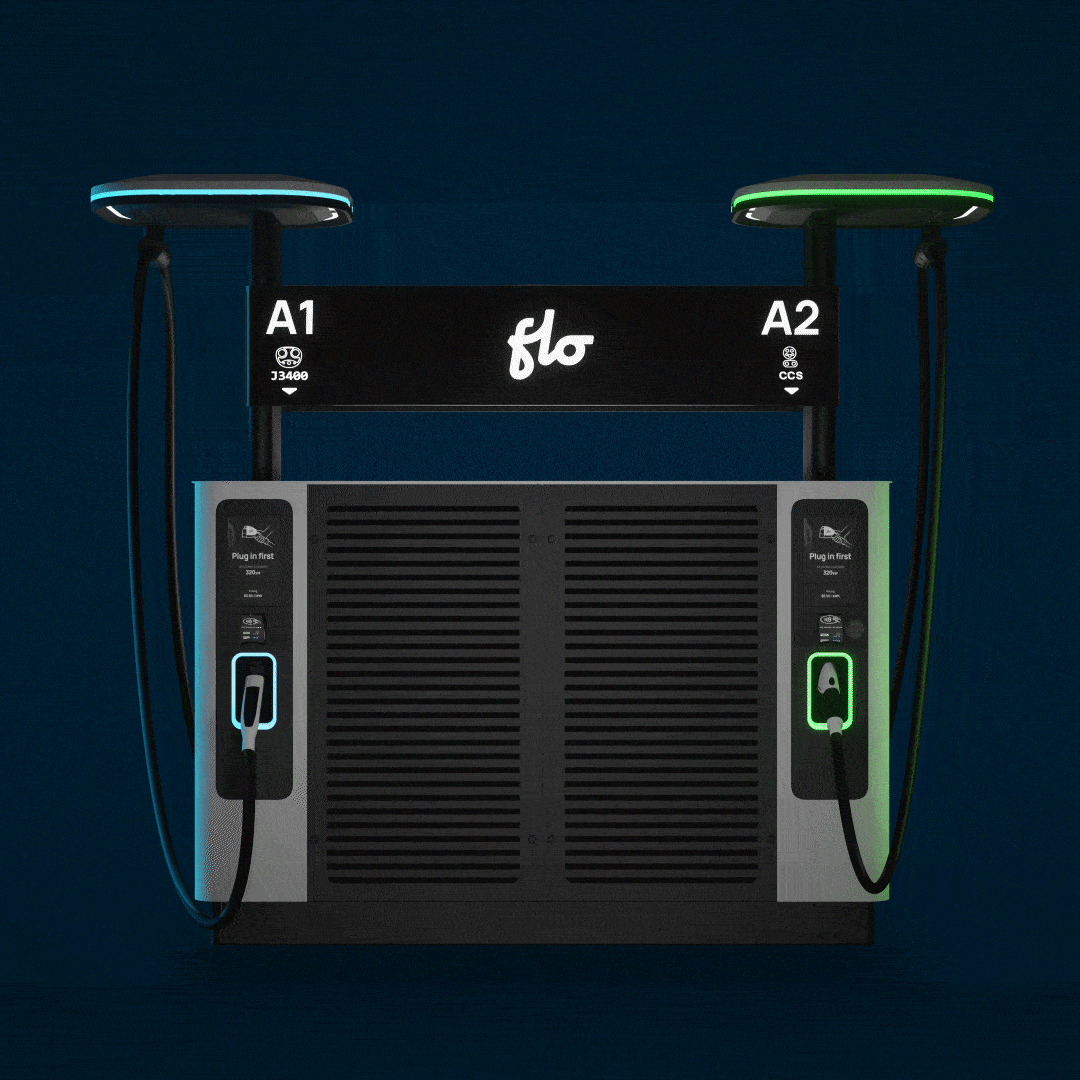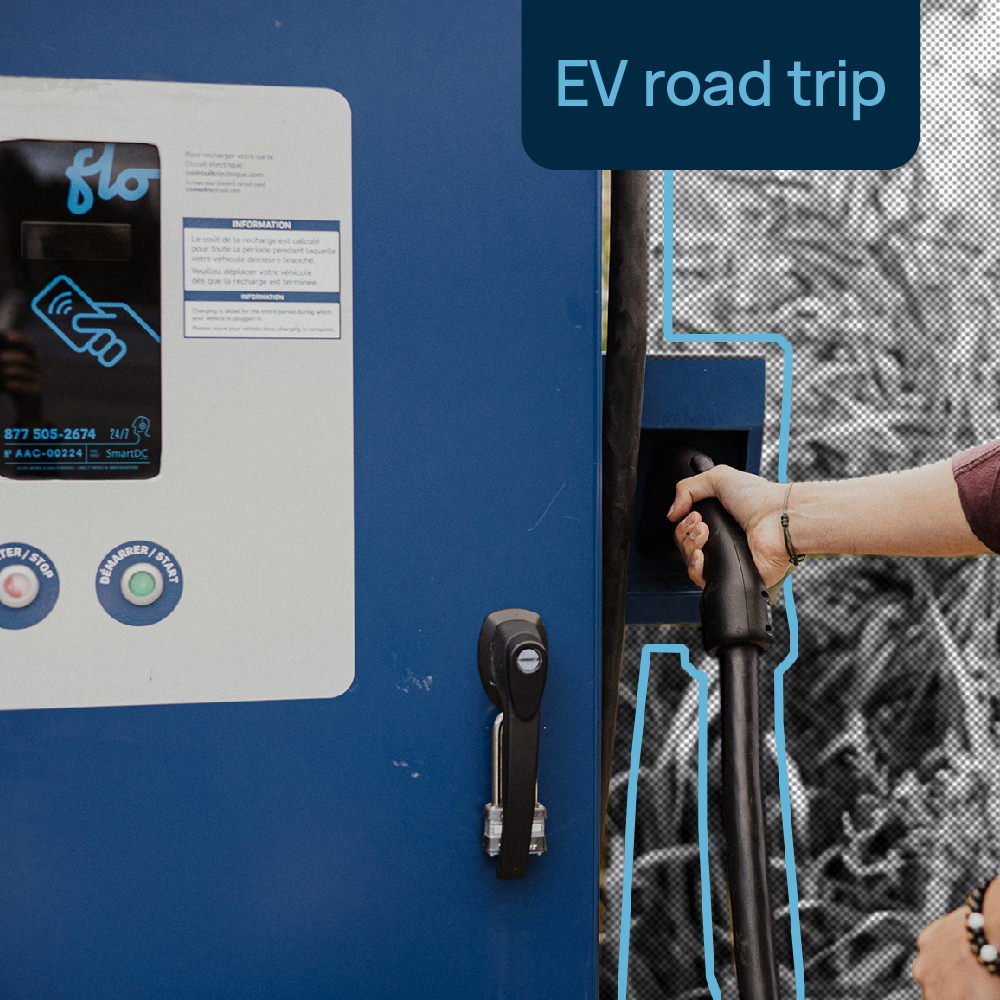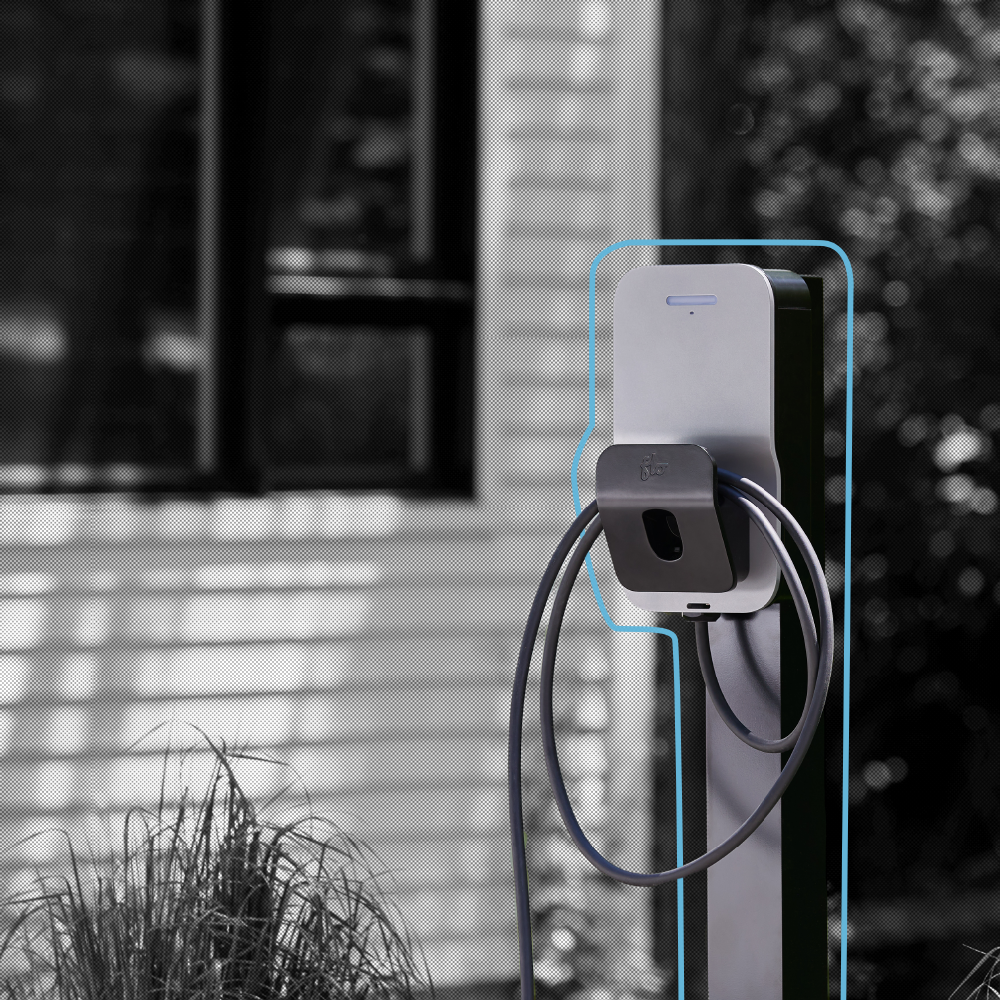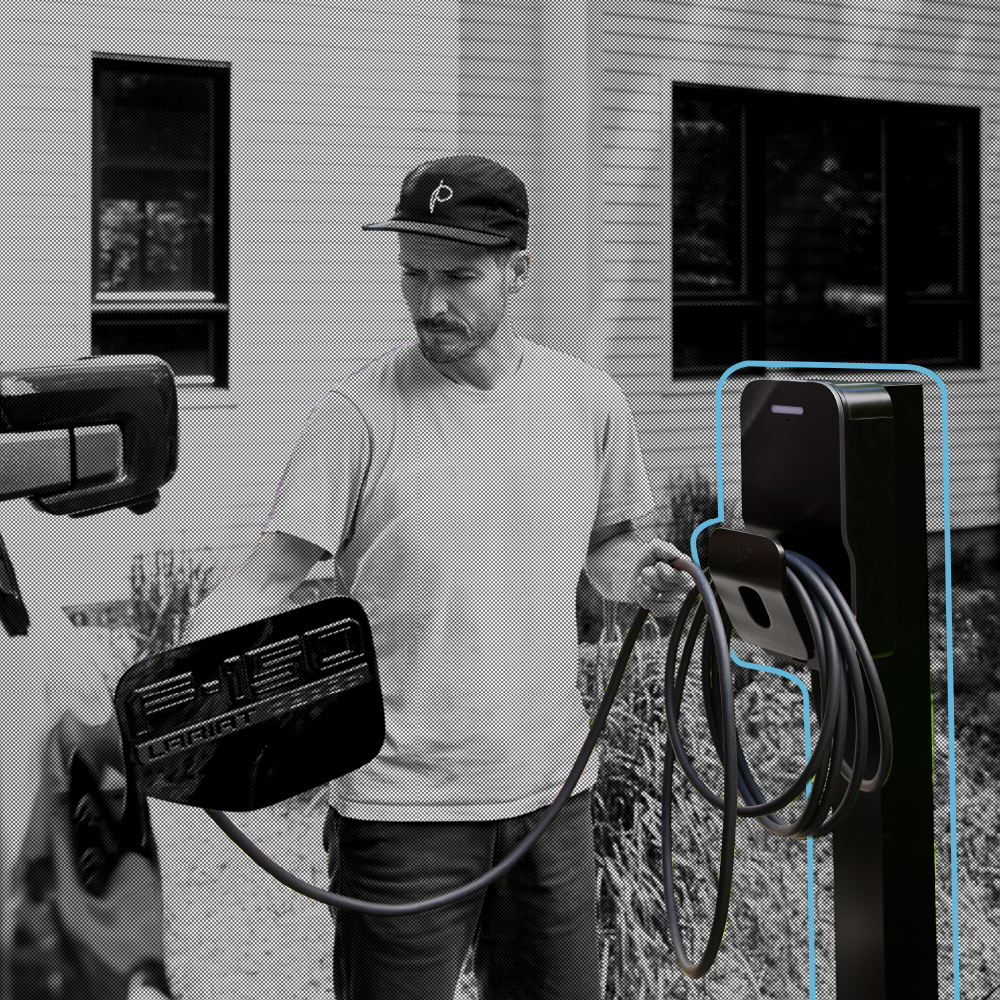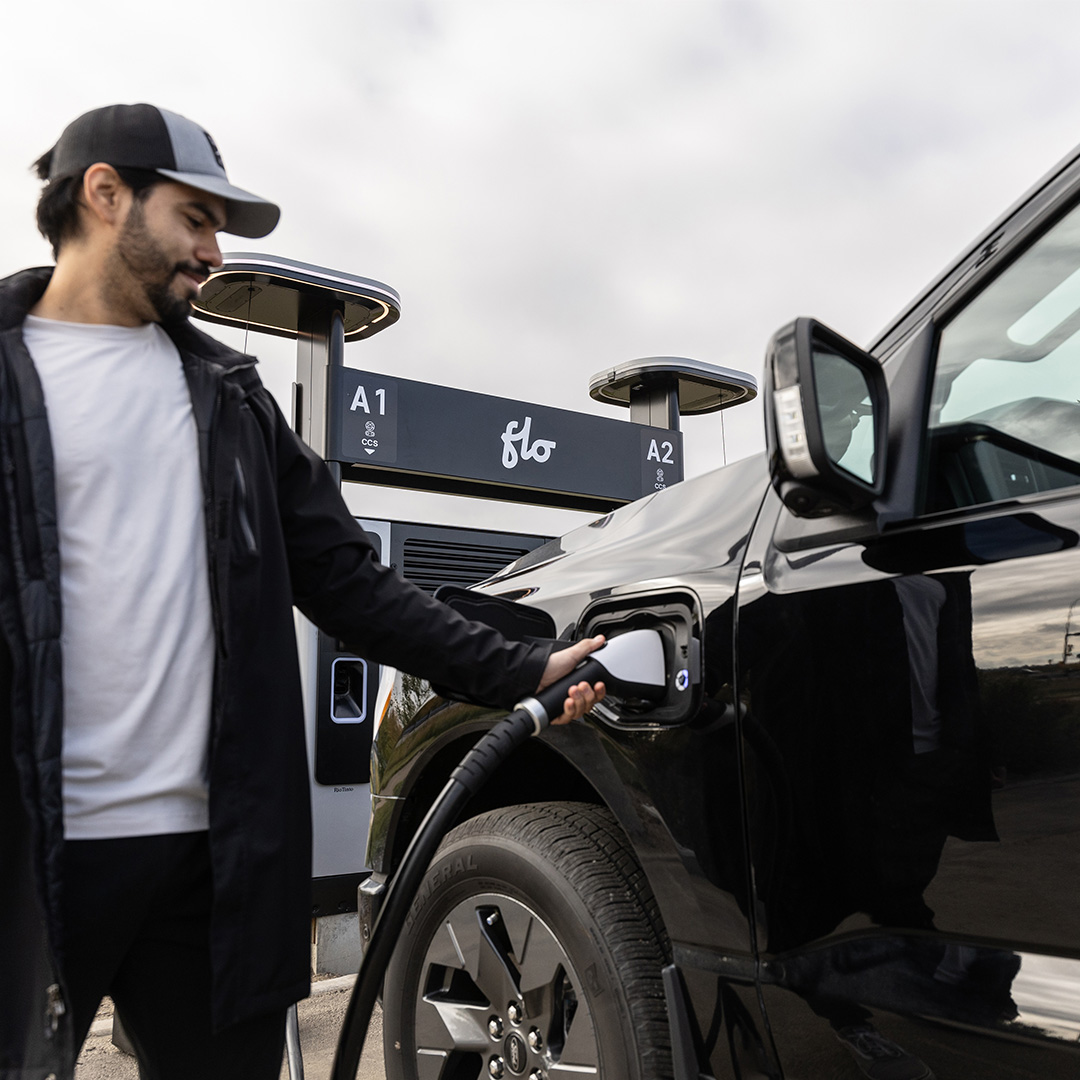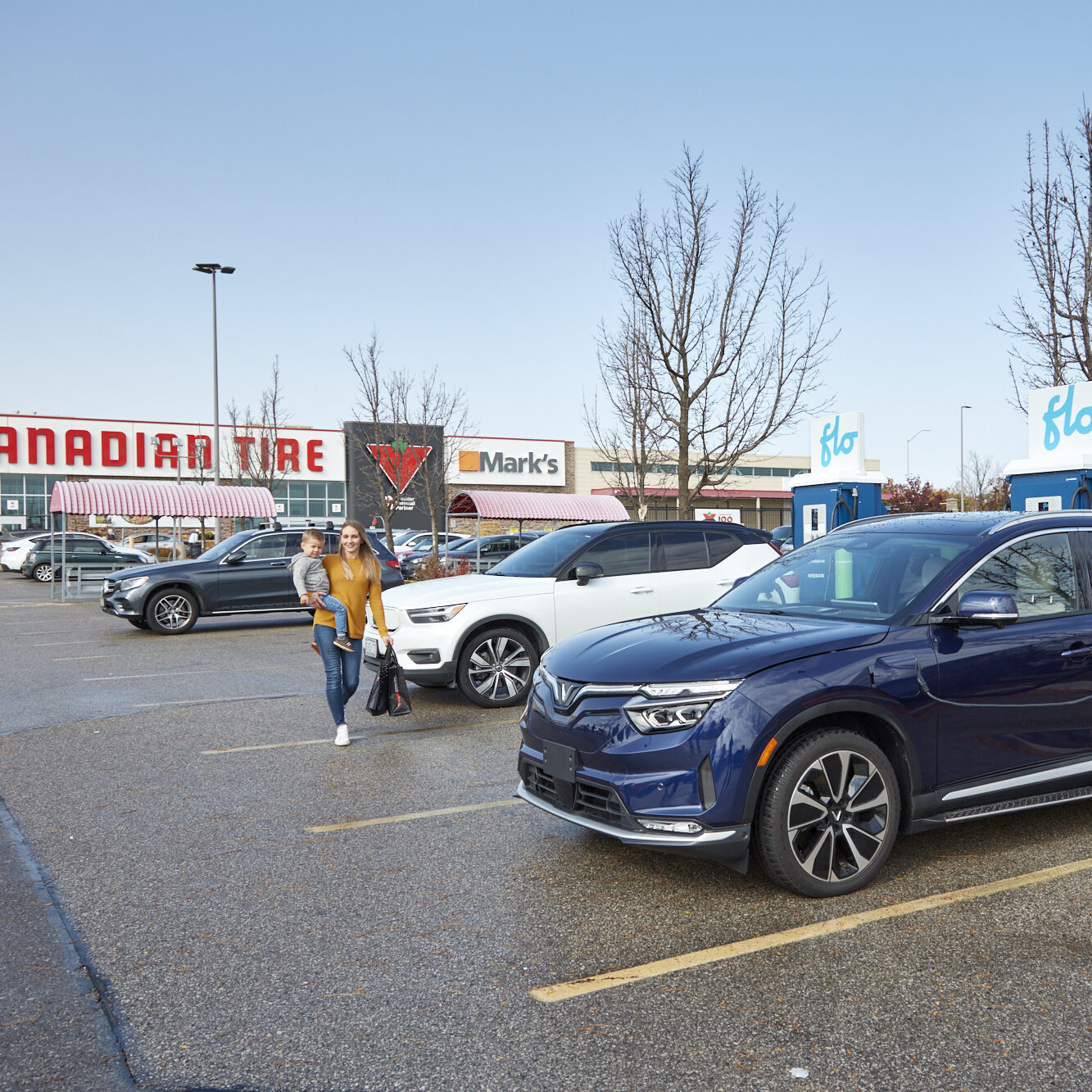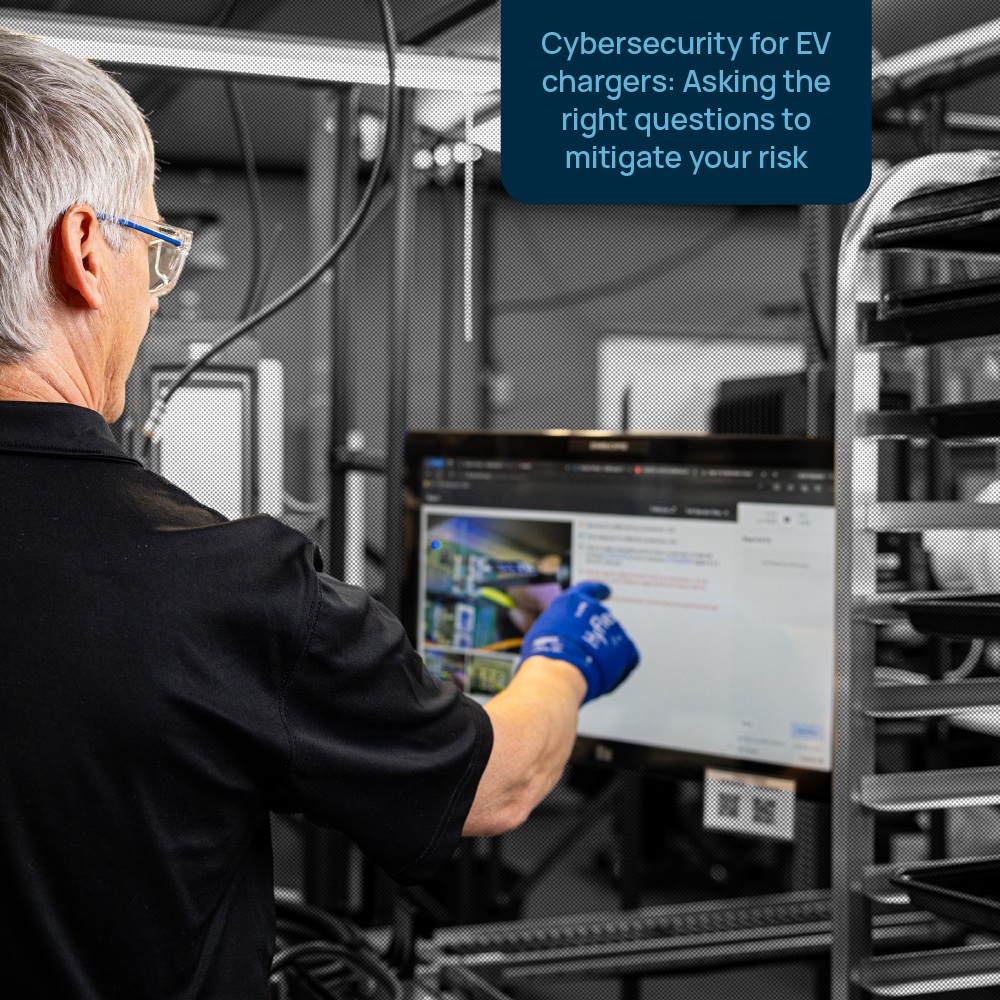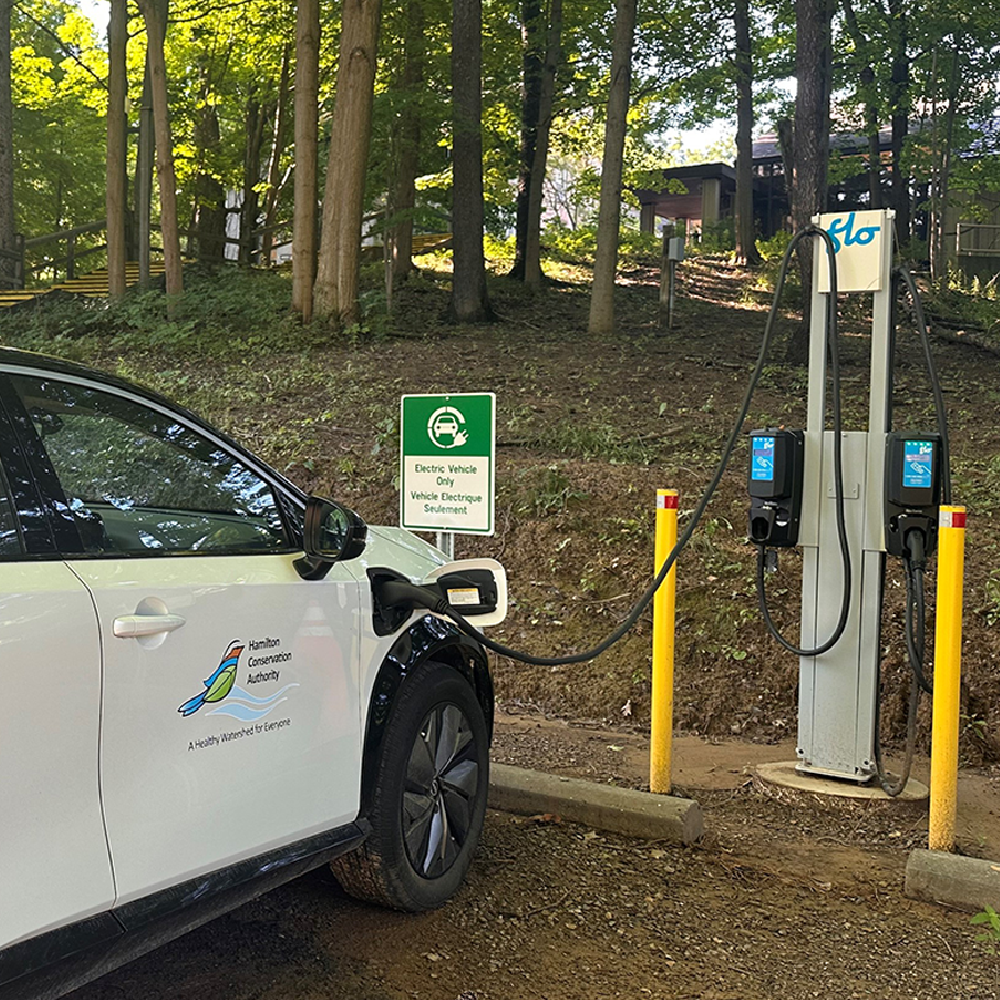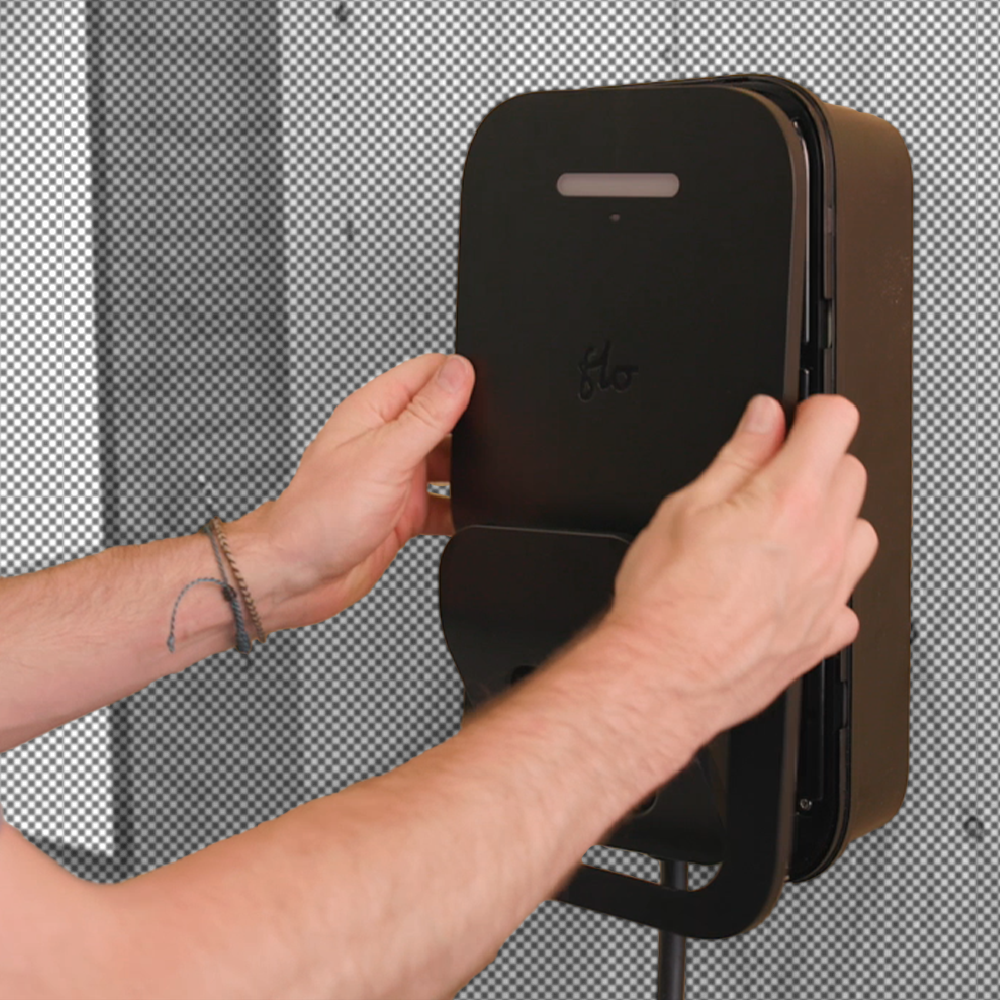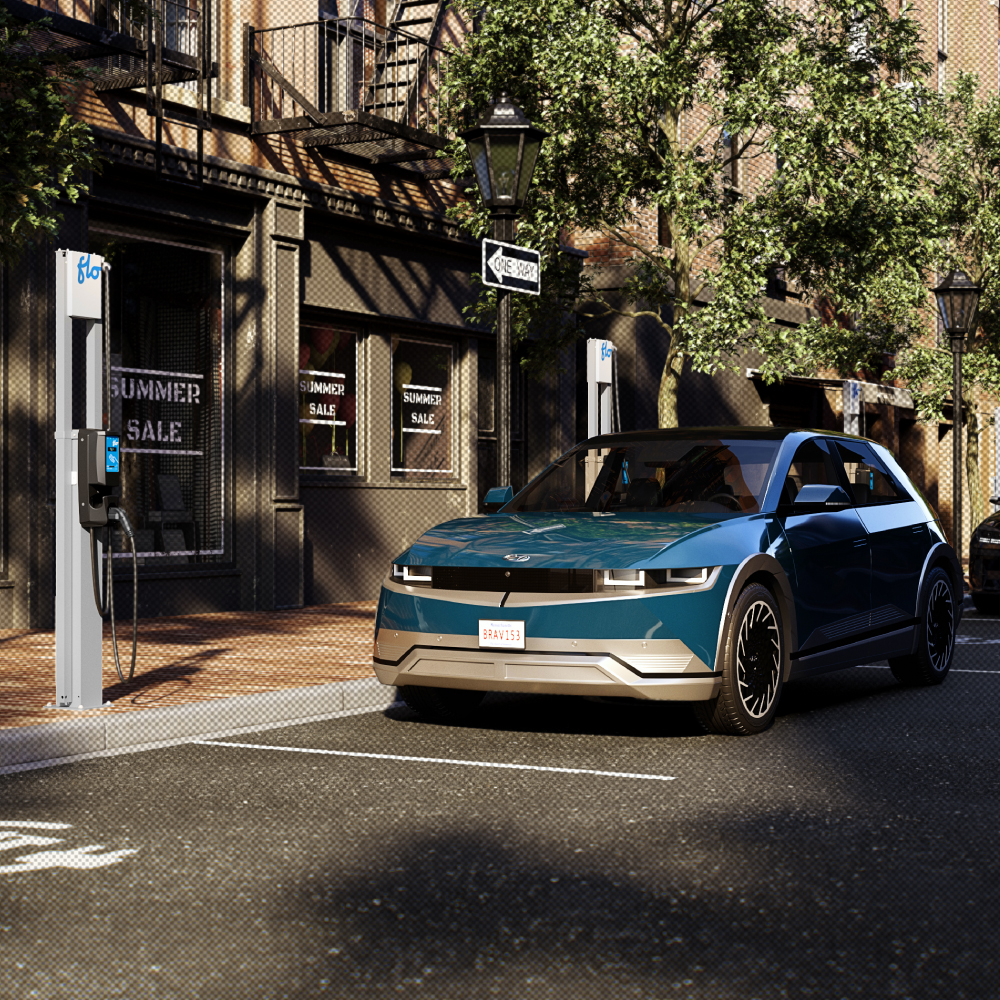Travel guide: planning your long-distance electric car road trip
Picture yourself cruising down the freeway, windows down, sun high in the sky, with the perfect playlist filling the air. Now, imagine enjoying that blissful moment while emitting zero carbon.
Can you take a road trip in an electric car? In 2023, you can absolutely go the distance in an EV. In fact, you can drive all the way up to Alaska if that floats your boat! All it takes is a little research and planning … but isn’t that half the fun?
Can you travel cross-country in an electric car?
If you’re planning to hit the open road, it’s normal to feel a bit nervous about EV charger availability. The good news is, in the last few months alone, there have been multiple initiatives announced across North America to increase charger access. So, in the near future, road trips should get much easier.
To put things in perspective, the current state of public charging is probably not as bleak as you might think. There are 130,000 public charging stations in the US and 9,294 public charging stations in Canada, spanning as far as Yukon and Alaska (many of which are FLO stations designed to withstand harsh climates)!
Using the FLO network alone – which includes our roaming partners – members can access more than 71,000 public EV charging stations in North America, spanning from coast to coast. Bear in mind, these numbers are referring to stations, not ports; some stations can charge more than one car at the same time.
We won’t lie – some destinations are easier to reach than others. Quebec has a fairly robust public charging station network, as do British Columbia and California. It’s also easier to top up in major cities like New York City, Montreal, and Los Angeles.
Looping back to the initial question: yes, you can travel across the country in an EV! With a little planning and forward thinking, you can take nearly any road trip you want this summer. As a fun bonus, some states and provinces allow EVs to drive in priority carpooling lanes or access toll highways for free. It pays to go green!
Questions to answer before planning your next road trip
How many miles of range does your EV have?
The top performing EVs can currently cover more than 500 miles of range on a single charge, though the average is closer to 300 miles. Knowing your range is key when creating your itinerary.
As a rule of thumb, you should plan to reach each charging station with at least 20% battery left. This will give you enough leeway to find another station if your chosen one is occupied or if the unexpected happens (as it often does on a road trip!).
If you’re renting a car for a road trip, choosing a model that can go the distance will definitely help alleviate range anxiety. Car rental services typically offer a selection of EVs, so you should be able to pick a model that makes you feel at ease.
How can you adjust your driving style to optimize range?
The miles of range displayed on your dashboard are just an estimate; many different factors can influence the distance you can actually achieve. Are you towing a camper? Is it hot or cold outside? Are you driving uphill or downhill? You get the point!
The one thing you can control is how you drive. Since all of the mechanisms inside your EV are powered by electricity, small changes like lowering the AC, being gentle with the accelerator, and letting the regenerative brakes do the work for you will help squeeze more miles out of each charge.
If you’re driving in a colder climate, keeping your car plugged in while the motor heats up can also help extend your range. Most car manufacturers benchmark the ideal battery temperature at 72 degrees fahrenheit (or 22 celsius) – so if the outside temperature is colder than that, your car will expend some energy warming up to its ideal temperature.
Should you get a full charge everytime you stop?
It’s often recommended to follow the 20/80 rule with car batteries: don’t dip lower than 20% and avoid charging above 80% if you want to prolong your battery’s lifespan.
While this is a solid framework for the average EV, your car’s manual is the most reliable source of advice. Occasionally charging to 100% because you’re anxious about reaching the next EV charger won’t cause significant damage either.
How can you pass the time while charging?
Your EV will spend a decent chunk of time hanging around charging stations during your road trip – but there’s no need for you to stick around while it powers up. Use that time to stretch your legs, grab a bite, go sightseeing, head to the park with your kids, or discover a new neighborhood!
First off, you don’t necessarily need to get a full charge every time you plug in. If you’re in an area with decent access to public charging, you can top up while shopping, visiting attractions, eating, and most importantly, while you sleep if your accomodation provides chargers! Get into the habit of plugging in whenever you get a chance and your life will be much easier
Second, when you’re traveling between two destinations (we call this “transit charging”), you’ll likely encounter more DC fast chargers. Some of these high-powered stations can give you a full charge in less than an hour! The new FLO UltraTM fast charger will get most vehicles to 80% in 15 minutes – just enough time to grab a snack and use the washroom. Remember, you can check your charging status on the FLO app anytime.
Which EV chargers are compatible with your car?
If you’ve driven an EV for a while, you can skip this part. But if you’ve just gotten your hands on a shiny new EV (congrats!) or if you’re renting one for the first time, here’s what you need to know.
Not all EVs have the same charging ports, and not all charging stations have the same plugs. Ask your rental company which type of connector your car is compatible with – or consult your owner’s manual. Then go to the FLO app to check which connector types charging stations are equipped with. While all Level 2 charging stations are equipped with a SAE J1772 connector, the vast majority of DC fast-charging stations are CCS1-compatible, and many are still CHADeMO-compatible.
How can you figure out how public EV chargers work in advance?
Public EV chargers fall into two categories: Level 2 and Level 3 (or DC fast). Check out this article to understand the difference.
Most charging stations can be activated through an app or with an RFID card, which you’ll have to order in advance through the FLO app. The RFID card is especially convenient if you’ll be traveling to areas where cell service gets spotty. If you’re using an app, here’s a quick video on how to activate a charging station with FLO.
No need to add a dozen apps to your phone – as long as you have money in the wallet of your FLO app, you can use your funds on our entire roaming partner network! We currently have roaming agreements with BC Hydro, ChargePoint, Electric Circuit, E-Charge Network, and Shell Recharge Solutions. Simply download the FLO app and add funds to your wallet before you hit the road.
Wondering where to stop on your route? You can also easily figure out when and where you should charge, based on your vehicle and state of charge, with FLO’s new trip planning app feature. The new FLO trip planner feature simplifies EV travel, enabling you to plan your journey with efficiency and accuracy, factoring in vehicle make and range, passenger count, luggage, and personalized stops, all while pinpointing essential charging stations along the way. Once a journey is planned, you can use your preferred map app to navigate your trip via Apple CarPlay or Android Auto.
Where do you charge electric cars when traveling?
Depending on where you’re at in your journey, different charging options will be available to you.
- At your hotel or other accommodations. Being able to charge while you sleep goes a long way (literally!). These days, lots of hotels offer charging as an amenity, and some even offer valet services to maximize charger use. The same goes for select campsites and vacation rentals.
- At a restaurant or shop. More and more small business owners and chains are installing chargers onsite.
- At a highway rest stop. Some rest stops will have fast chargers or level 2 chargers available. You might even get to enjoy a great view while topping up!
- At a local attraction. Malls, museums, zoos, and other major attractions often provide EV charging stations for their visitors. Some national parks are also joining the movement.
- Curbside or in a private lot. Level 2 charging stations can increasingly be found next to street parking spots, on streetlight poles, or in underground garages. That’s a good opportunity to explore the city on foot.
- Using your own level 1 plug adaptor. If you’re camping or staying at a vacation rental without an EV charger, an adaptor will transform any regular outlet into an EV charger.
There are only three rules when you’re on a road trip: be safe, enjoy the ride, and take care of the environment while you’re out there. We encourage anyone who’s hitting the road to try an EV this summer – and if you fall in love with the experience, FLO HomeTM chargers can make it an everyday thing!

